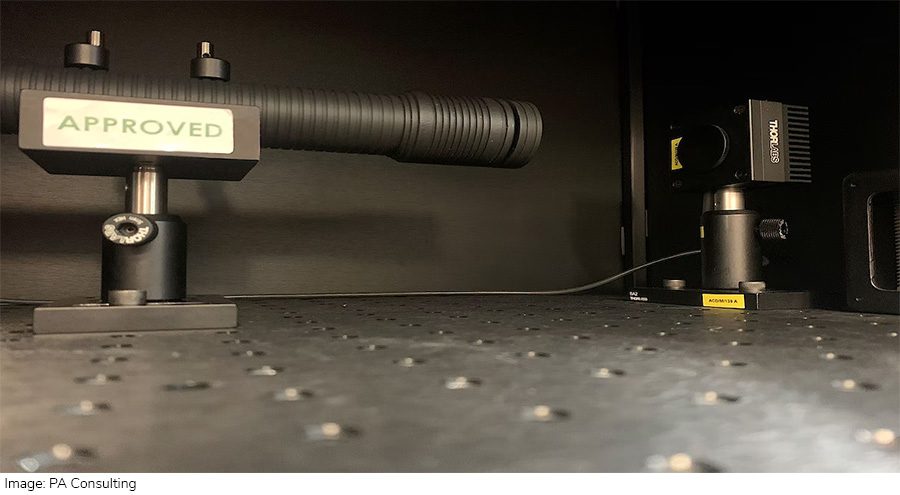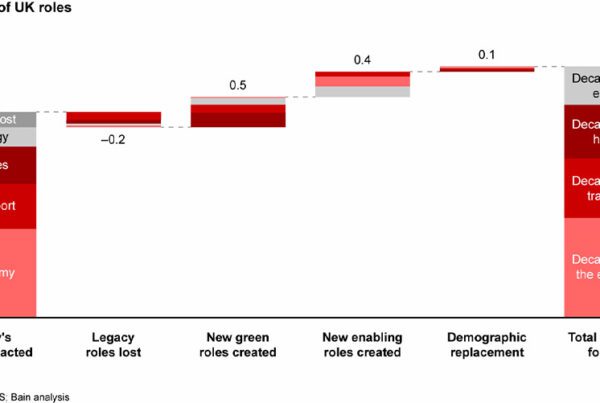The Guinness World Record for “Most Powerful Handheld Laser (prototype)” was awarded to Daniel Black, an innovation expert at the Global Innovation and Technology Centre in Cambridge, UK. The record was broken when he created a tiny – yet incredibly potent – laser that can cut through plastic, fabrics, and even wood.
Is humanity one step closer to finally having real-life lightsabres? Though it may not quite be at the level of the weaponry made famous by Star Wars, Daniel Black’s seems to have taken one giant-leap toward it. His prototype was awarded a Guinness World Record for being the most powerful handheld laser ever created.
The laser outputs 445-nanometre blue light, from a single diode emitter and its cylindrical body is made of aerospace aluminium. It runs on only two rechargeable batteries that are very similar to AA batteries.

“This laser has been designed and built to push the limits of what can be achieved in such a small form factor,” said Black, an innovator at PA Consulting’s Electronic Systems capabilities. He added that he sees the project as a positive step towards “making the technology smaller, lighter and more power efficient.”
The laser has a peak power level of 7.61W, equivalent to combining around 8,000 standard consumer laser pointers – so wearing rubber gloves and safety goggles are probably advisable, while it is in action. The record it has claimed was actually also set by Black, with a 5.1W laser in 2016.
Though this particular prototype does not appear to have any obvious practical applications besides destruction and possibly bodily injury, Black insists this type of experimental laser research paves the way for advancements in various fields.
“The technological progress we have made here may allow us to make more efficient and longer lasting communications networks, to look at possible new methods of wireless power delivery, to create new smaller medical devices, or even to change the way we deliver healthcare such as through portable laser tools for surgery,” he explained.
In 2017, Black and other engineers at arms manufacturer BAE Systems created a low-cost, portable, and adaptable device that can block harmful laser light and shield flight crew members from hostile attacks. Perhaps creating the antidote to the super-powered laser before creating the laser itself was a calculated move.
PA’s expansive Global Innovation and Technology Centre facility features design studios, scientific laboratories, and engineering workshops with around 300 scientists, engineers, and designers working on innovations. PA is a multinational consulting firm headquartered in London that specialises in solutions at the crossroads of science, engineering, and design.
The creation of the laser is the latest example of PA pairing of electrical engineering and design. Another notable example of this came in 2021, via a project in collaboration with the Royal College of Art; designing a sleek electric vehicle charging point prototype. The charging points, unveiled at the COP26 climate conference, were to become the new standard and eventually be ubiquitous across the UK, though so far the rollout has been stalling, according to reports from The Guardian.




